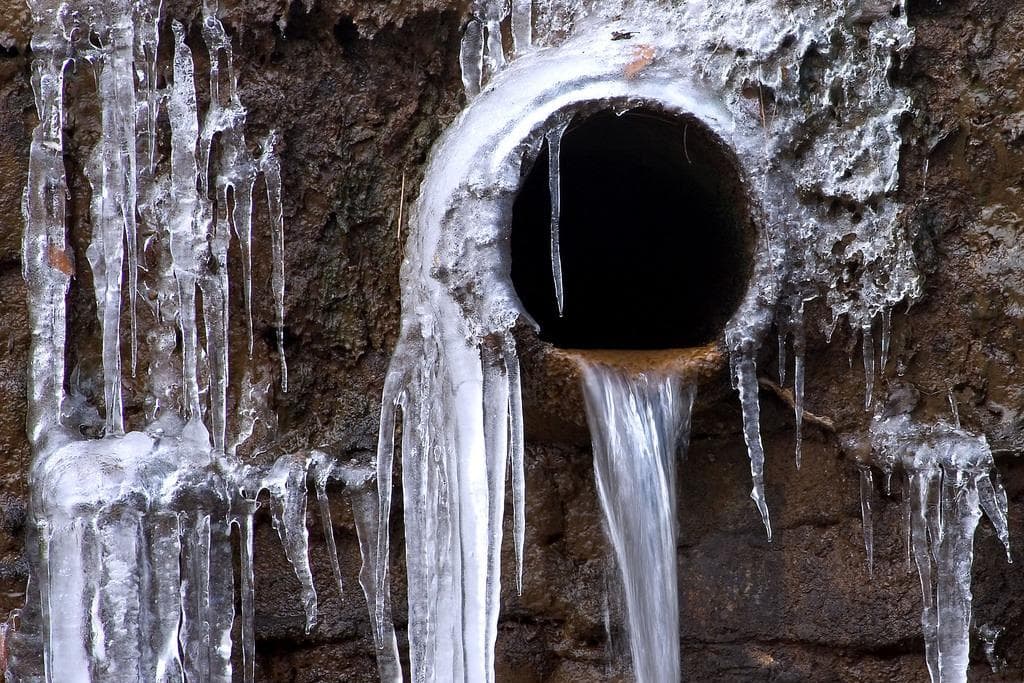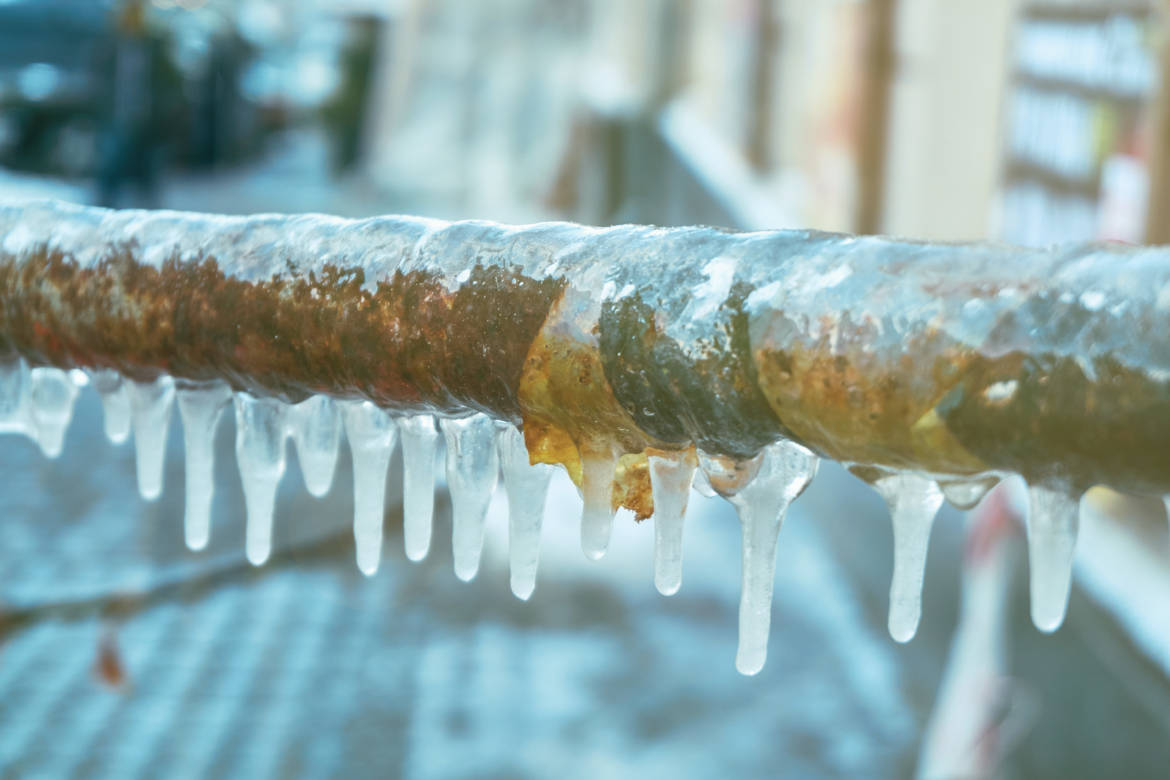Each person maintains their personal perception in relation to Helpful Tips to Prevent Frozen Pipes this Winter.

Winter can damage your pipes, specifically by freezing pipelines. Here's how to stop it from occurring and what to do if it does.
Introduction
As temperature levels decrease, the threat of frozen pipelines rises, potentially causing costly repair work and water damage. Understanding exactly how to stop frozen pipes is essential for homeowners in chilly climates.
Prevention Tips
Shielding prone pipelines
Wrap pipelines in insulation sleeves or use heat tape to safeguard them from freezing temperatures. Focus on pipes in unheated or external locations of the home.
Heating strategies
Keep interior spaces appropriately heated up, particularly areas with pipes. Open up closet doors to enable warm air to circulate around pipelines under sinks.
Just how to recognize icy pipes
Search for decreased water circulation from faucets, uncommon smells or sounds from pipes, and visible frost on revealed pipes.
Long-Term Solutions
Structural adjustments
Consider rerouting pipes away from outside walls or unheated locations. Add extra insulation to attic rooms, cellars, and crawl spaces.
Updating insulation
Invest in top quality insulation for pipelines, attic rooms, and wall surfaces. Proper insulation helps preserve regular temperatures and lowers the threat of frozen pipes.
Shielding Exterior Pipes
Garden hoses and outdoor taps
Disconnect and drain pipes garden hoses before winter. Set up frost-proof spigots or cover outdoor faucets with shielded caps.
Understanding Icy Pipelines
What causes pipelines to freeze?
Pipes freeze when subjected to temperatures below 32 ° F (0 ° C) for prolonged periods. As water inside the pipelines ices up, it increases, taxing the pipeline wall surfaces and potentially causing them to burst.
Threats and damages
Frozen pipelines can bring about supply of water disruptions, residential property damages, and costly repair services. Ruptured pipelines can flood homes and cause considerable structural damage.
Indicators of Frozen Pipes
Recognizing frozen pipes early can avoid them from breaking.
What to Do If Your Pipelines Freeze
Immediate activities to take
If you think frozen pipes, maintain faucets available to eliminate stress as the ice thaws. Make use of a hairdryer or towels taken in hot water to thaw pipes gradually.
Verdict
Stopping frozen pipelines needs positive steps and fast actions. By understanding the causes, indications, and preventive measures, home owners can safeguard their plumbing during cold weather.
6 Proven Ways to Prevent Frozen Pipes and Protect Your Home
Disconnect and Drain Garden Hoses
Before winter arrives, start by disconnecting your garden hoses and draining any remaining water. Close the shut-off valves that supply outdoor hose bibs and leave the outdoor faucet open to allow any residual water to drain. For extra protection, consider using faucet covers throughout the colder months. It’s also important to drain water from any sprinkler supply lines following the manufacturer’s directions.
Insulate Exposed Pipes
Insulating your pipes is an effective way to prevent freezing. Pipe insulation is readily available at home improvement stores and is relatively inexpensive. Pay close attention to pipes in unheated areas such as the attic, basement, crawl spaces, or garage. Apply foam insulation generously to create a buffer against the cold. You can also wrap your pipes in heat tape or thermostat-controlled heat cables for added warmth.
Seal Air Leaks
Inspect your home for any cracks or openings that could let in cold air. Seal any holes around the piping in interior or exterior walls, as well as the sill plates where your home rests on its foundation. Additionally, make sure to keep your garage door closed unless you’re entering or exiting. Leaving it open creates a significant air leak that can lead to frozen pipes.
Allow Warm Air Circulation
During cold snaps, it’s essential to allow warm air to circulate evenly throughout your home. Leave interior doors ajar to promote better airflow. Open kitchen and bathroom cabinets to help distribute heat consistently around the rooms. If you have small children or pets, be sure to remove any household chemicals or potentially harmful cleaners from open cabinets for safety.
Let Faucets Drip
A small trickle of water can make a big difference in preventing ice formation inside your pipes. When temperatures drop significantly, start a drip of water from all faucets served by exposed pipes. This continuous flow helps prevent the water from freezing. Additionally, running a few faucets slightly can relieve pressure inside the pipes, reducing the chances of a rupture if the water inside does freeze.
https://choateshvac.com/6-proven-ways-to-prevent-frozen-pipes-and-protect-your-home/

I recently found that page about Preventing and dealing with frozen pipes when browsing on the search engines. Sharing is good. Helping others is fun. Bless you for being here. Come back soon.
Book A Free Estimate